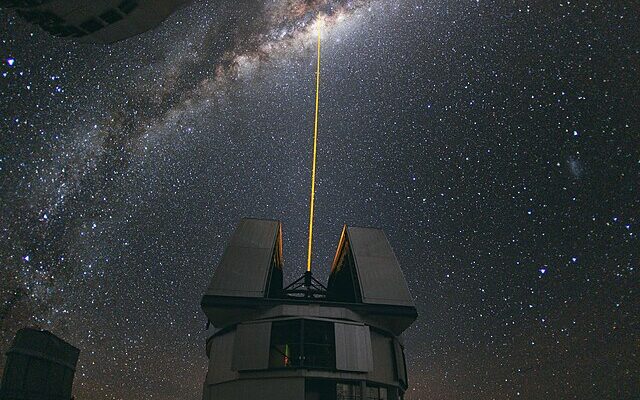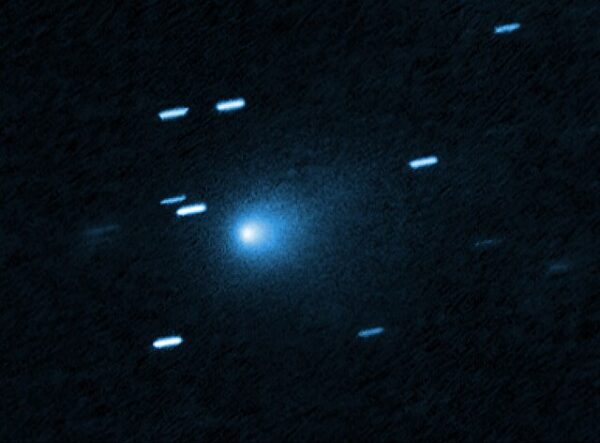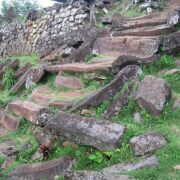
For decades, scientists have understood that our solar system resides within an expansive, high-temperature region of space called the Local Hot Bubble (LHB). This 300-light-year-wide zone was shaped by ancient supernova explosions, which ejected massive amounts of energy and matter into the surrounding space. However, new research from the Max Planck Institute, using data collected by the eRosita X-ray telescope, suggests that this bubble isn’t an isolated pocket of space, reports Earth.com. Instead, it may be part of a larger network of cosmic tunnels connecting our solar system to distant star systems.
The Local Hot Bubble is essentially a cavity filled with low-density, high-temperature plasma, likely created millions of years ago by the violent deaths of massive stars. These supernova explosions not only dispersed heavy elements into space but also carved out these massive voids. By analyzing faint X-ray signals emitted by the hot plasma inside these regions, astronomers have now been able to create detailed maps of the LHB using data from eRosita and earlier observations from the ROSAT X-ray survey.
One of the most fascinating revelations from this study is the discovery of what appears to be a plasma “tunnel” extending from our solar neighborhood toward the Centaurus constellation. Another potential channel seems to lead in the direction of Canis Major. These structures suggest the presence of a larger web of interstellar pathways—essentially “highways” for energy, particles, and magnetic fields—that might connect distant regions of the galaxy. These tunnels could play a key role in transporting cosmic rays or distributing interstellar dust across vast distances.
While the concept of interconnected cosmic cavities isn’t entirely new, previous theories lacked the observational evidence needed for confirmation. Astronomers have long speculated that networks of tunnels could form as supernova explosions reshape interstellar space, but without advanced tools, these structures remained hidden. The sensitive X-ray capabilities of eRosita have finally allowed scientists to detect and map these faint structures, offering a glimpse into the interconnected nature of our galaxy.
Interestingly, the study also found that the thermal pressure inside the Local Hot Bubble is lower than scientists previously believed. This observation suggests that the bubble might not be a completely sealed cavity but could instead open into these cosmic tunnels, enabling matter and energy to flow freely between different regions of space.
Space, often thought of as an empty void, is anything but static. It’s a dynamic environment shaped by powerful forces—stellar winds, magnetic fields, and the energy released by supernovae—all of which constantly reshape the interstellar medium. The Local Hot Bubble, with its network of plasma tunnels and temperature variations, offers scientists a frozen snapshot of these ongoing cosmic processes.
Our solar system’s current position near the center of this bubble is likely a coincidence, but it provides an exceptional vantage point for studying these phenomena. Over millions of years, the Sun drifted into this cavity, and we now benefit from a clear window into one of the galaxy’s most fascinating structures.
This discovery raises a host of new questions: How exactly do these tunnels form? Do they influence nearby star formation? Could they impact how cosmic radiation spreads across the galaxy? Answering these questions will require future X-ray missions, more refined computer simulations, and continued observation.










Can we use for manned space travel ahead?